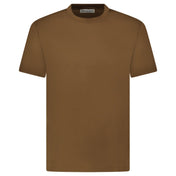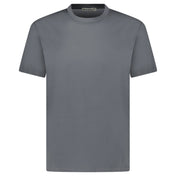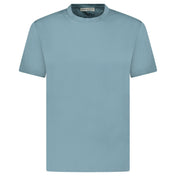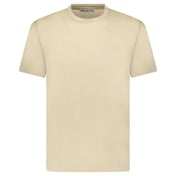The designer clothing industry, known for its premium products and high price tags, is experiencing a significant shift. As global inflation rates soar, affecting disposable incomes worldwide, more consumers are turning away from luxury brands and towards more affordable fast fashion alternatives. This trend, fueled by economic constraints, is reshaping consumer behavior and market dynamics in the fashion sector.
The Inflation Effect
Recent economic data highlights a worrying trend for the luxury fashion market. Inflation has been rising globally, with many countries experiencing their highest rates in decades. For instance, the U.S. reported an inflation rate peaking at over 7% in the past year, a level not seen since the early 1980s. This surge has led to increased prices for raw materials such as cotton and leather, which are essential in the production of high-quality designer garments.
The Price of Luxury
As a result of rising production costs, many luxury brands have been forced to increase retail prices to maintain their margins. This price hike is not trivial; some brands have increased their prices by as much as 15% to 20%. Such adjustments make luxury items less accessible to a significant portion of their customer base, driving them to seek more cost-effective alternatives.
The Fast Fashion Appeal
In contrast to the soaring prices of designer labels, fast fashion brands have managed to keep their prices relatively stable, thanks to their cost-efficient production models and rapid turnover of inventory. These brands, like Zara and H&M, offer trendy clothing at a fraction of the cost of designer garments. The appeal of fast fashion is not just in its affordability but also in its ability to quickly replicate popular styles and trends seen on runways and worn by celebrities.
Statistical Insights
According to a recent consumer survey, about 60% of respondents indicated that they have decreased their spending on luxury brands due to the economic downturn influenced by inflation. Concurrently, 75% of these respondents have increased their purchases from fast fashion retailers to maintain their wardrobes without breaking the bank.
Environmental and Ethical Considerations
The shift towards fast fashion, however, raises significant environmental and ethical concerns. Fast fashion is notorious for its unsustainable practices, including the use of cheap, non-biodegradable materials and poor labor conditions. The industry's quick production cycles also contribute to excessive waste, making it one of the most polluting industries in the world.
Consumer Awareness and Actions
The growing awareness of these issues has led to a rise in consumer activism, with more people advocating for sustainable and ethical fashion practices. This activism is reflected in the increasing popularity of second-hand markets and a push for more sustainable offerings from both luxury and fast fashion brands.
Looking Forward
As inflation continues to influence purchasing decisions, both the designer and fast fashion industries must adapt. For luxury brands, this might mean exploring new pricing strategies or enhancing value through sustainability and exclusivity. For fast fashion, the challenge lies in becoming more sustainable without significantly raising prices.
In conclusion, while economic pressures are undeniably pushing consumers towards fast fashion, this trend also presents an opportunity for the industry to evolve. Whether through innovations in sustainable production or new business models that address both economic and ethical concerns, the future of fashion could look quite different from its present. As consumers become more mindful of their choices, the industry must rise to meet their expectations, balancing affordability with responsibility.





